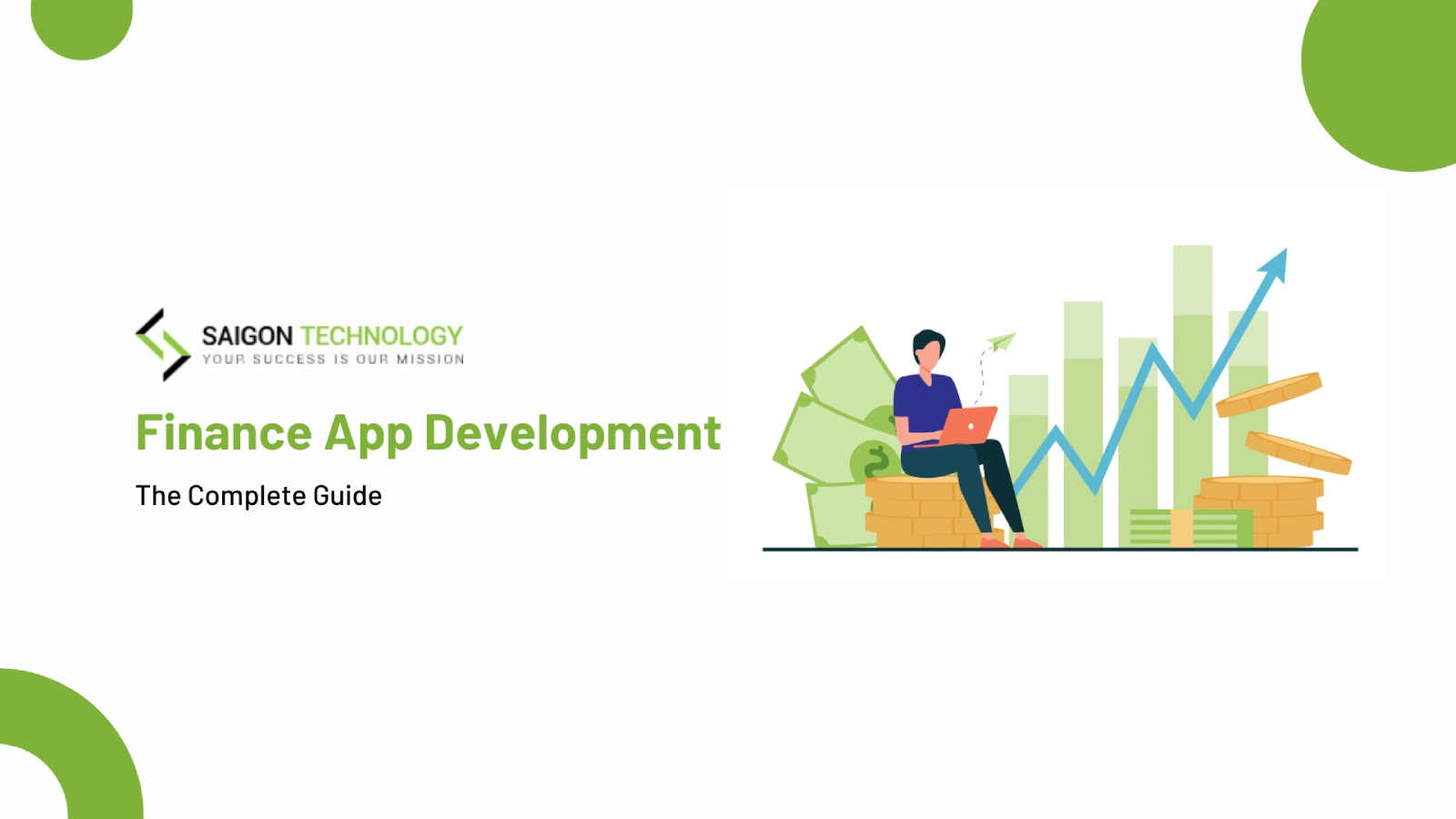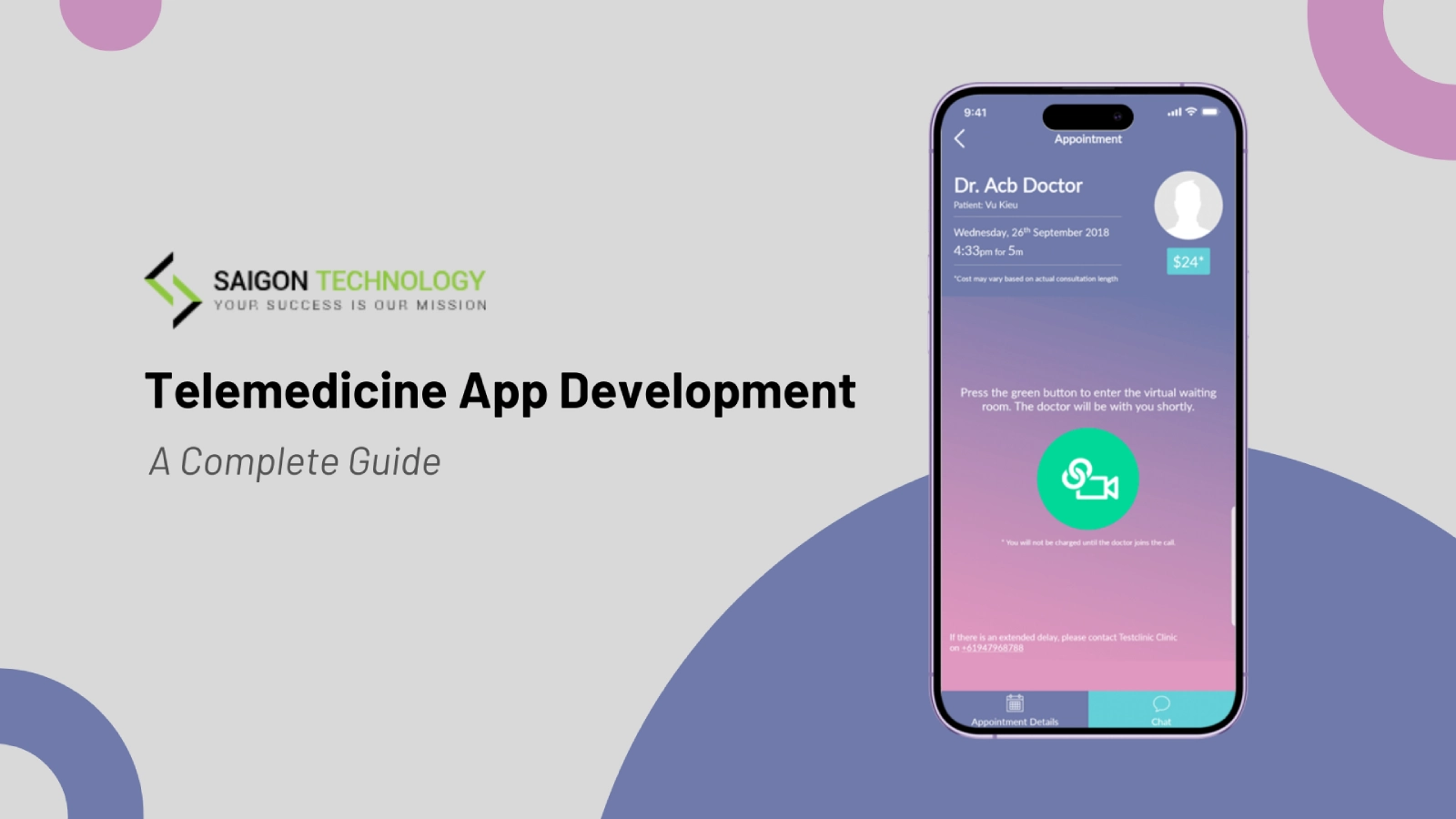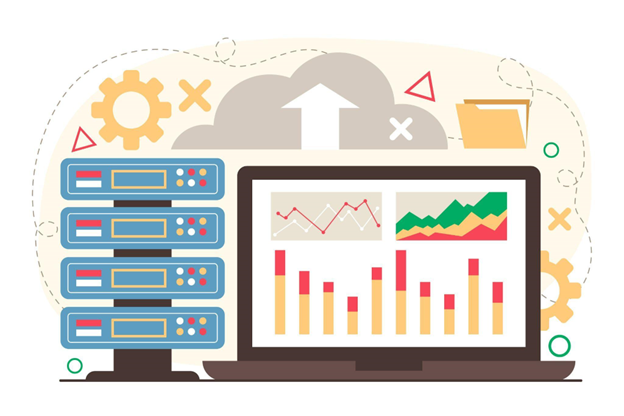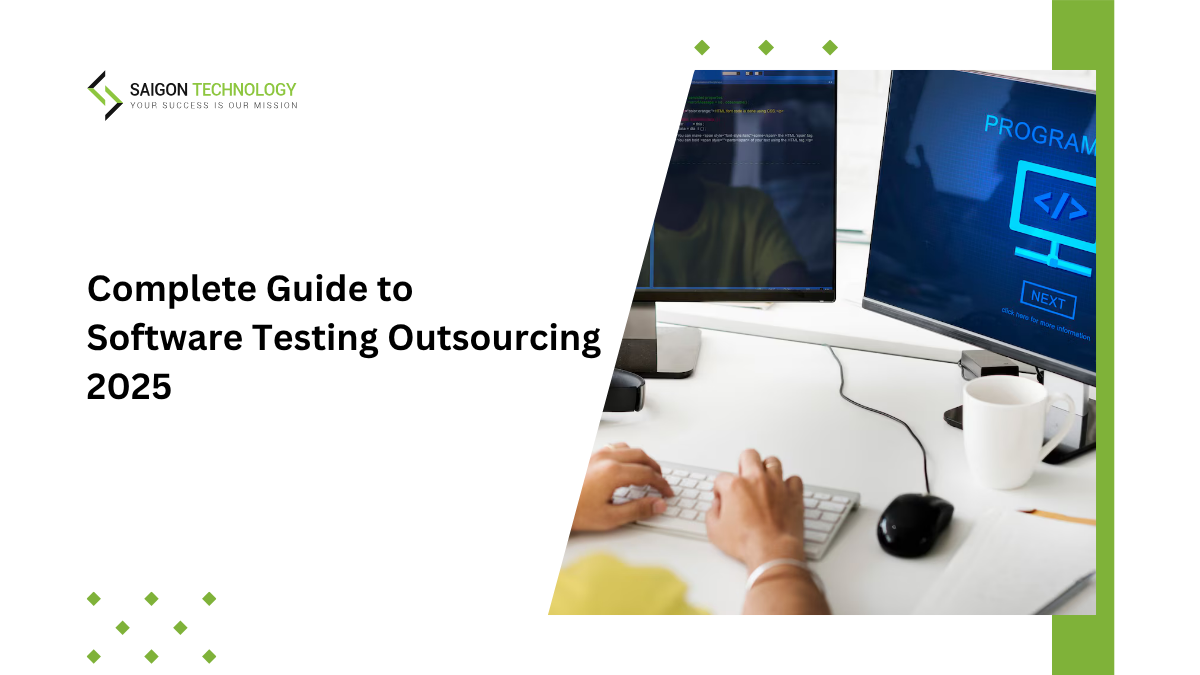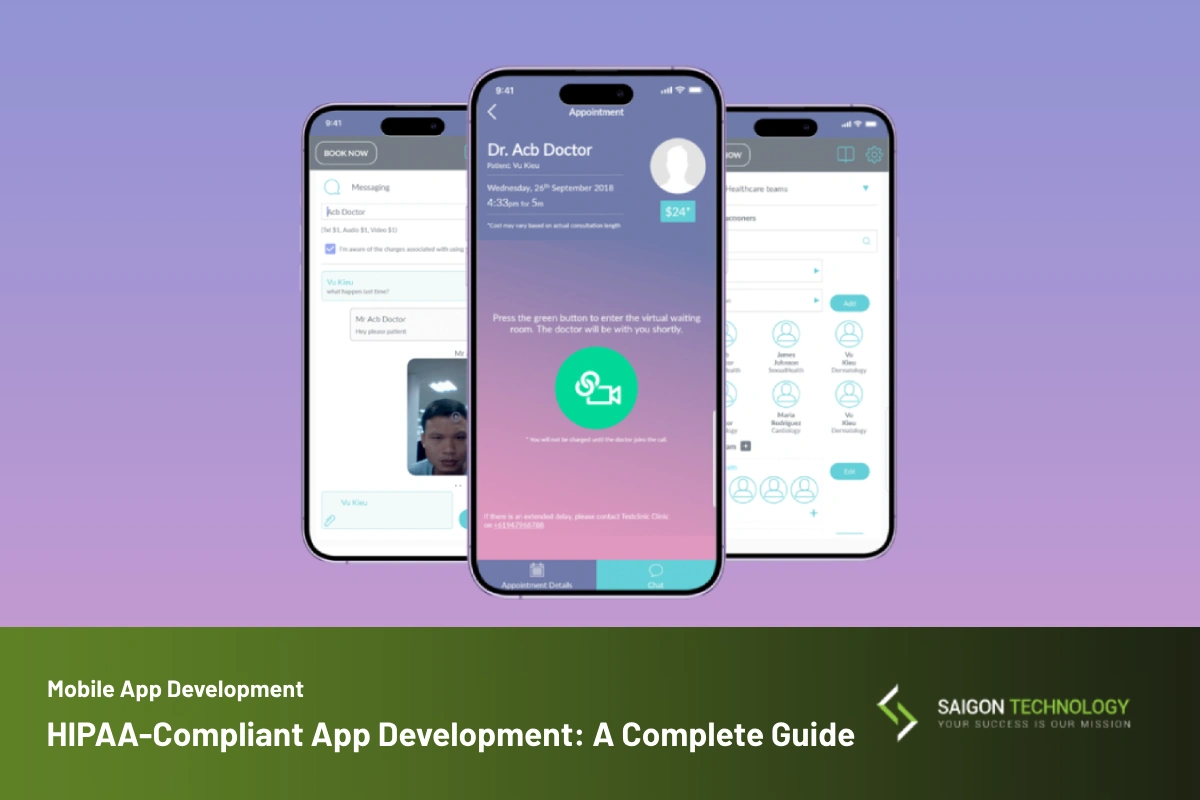Software product development is a structured process that involves designing, creating, testing, and deploying software solutions to meet business or consumer needs. Whether for enterprise applications, mobile apps, or cloud-based platforms, software product development requires careful planning, strategic execution, and continuous refinement. This article explores the strategy and process of software product development, covering key aspects such as methodologies, planning, tech stacks, and best practices.
What is Software Product Development?
Software product development is the process of designing, developing, and maintaining software applications to fulfill a particular need or solve a specific problem. It involves various stages, from ideation to market release and ongoing updates.
Key Aspects of Software Product Development:
-
Product Idea Generation: Identifying a unique and viable software concept.
-
Market Validation: Assessing the demand and feasibility of the software.
-
Prototype Design: Creating an early model to test and refine functionalities.
-
Functional Requirements: Defining essential features and capabilities.
-
Wireframing: Structuring the user interface (UI) and user experience (UX).
-
Usability Testing: Ensuring a seamless and efficient user experience.
Successful software product development methodologies include Agile, Scrum, and Waterfall, each offering distinct advantages depending on project needs.
Importance of Software Product Development
The role of software product development in modern businesses is crucial for staying competitive and meeting evolving customer demands. Well-designed software can optimize business processes, enhance customer engagement, and drive innovation.
Benefits of Software Product Development:
-
Business Process Optimization: Streamlines workflows for efficiency.
-
Competitive Advantage: Enables businesses to differentiate from competitors.
-
Custom Solution: Tailors software to unique business needs.
-
Quality Assurance (QA): Ensures reliability and performance.
-
Enhanced Accessibility: Improves software usability for diverse users.
-
Optimized Business Workflow: Reduces manual efforts through automation.
-
Improved Customer Relations: Enhances engagement and satisfaction.
-
Faster Results: Accelerates time-to-market and operational efficiency.
With proper design and prototype planning, businesses can develop solutions that are scalable, reliable, and aligned with industry standards.
Initiating a Product Development Plan
A well-defined product development plan is essential for guiding software projects from concept to completion. The process involves setting clear objectives, defining a roadmap, and ensuring continuous feedback.
Key Steps in Product Development Planning:
-
Product Vision: Define the long-term goals of the software.
-
Product-Market Fit: Ensure the software aligns with market needs.
-
User Journey Map: Visualize how users will interact with the product.
-
Stakeholders: Engage relevant teams, including developers, designers, and investors.
-
Wireframing: Design the foundational layout and navigation.
-
Design Thinking: Apply an iterative approach for problem-solving.
-
Product Roadmap: Establish a strategic plan for development phases.
-
Sprint Planning: Break the project into manageable development cycles.
-
Feedback Loop: Continuously refine the software based on user feedback.
-
Launch Plan: Define strategies for a successful product rollout.
By structuring development through a product backlog, teams can prioritize tasks and manage project scope effectively.
Choosing the Right Tech Stack
The tech stack plays a critical role in determining the success of software product development. It refers to the combination of programming languages, frameworks, and tools used to build a software application.
Factors to Consider in Choosing a Tech Stack:
-
Project Scope: Align technology choices with business goals.
-
Team Expertise: Utilize technologies familiar to developers.
-
Software Requirements Specification (SRS): Define software needs before selecting tools.
-
Product Platform/Operating System: Consider compatibility across devices.
-
Open-Source Tools and Frameworks: Leverage cost-effective and scalable options.
-
Readable and Maintainable Code: Ensure code clarity for future updates.
-
Software Upgrades & Maintenance: Choose a stack that supports long-term development.
-
Competitive Analysis: Evaluate competitor technology choices.
-
AI Coding Assistants: Utilize AI-powered tools to streamline coding tasks.
Popular tech stacks include:
-
Frontend: React, Angular, Vue.js
-
Backend: Node.js, Django, Ruby on Rails
-
Databases: PostgreSQL, MongoDB, MySQL
-
DevOps: Docker, Kubernetes, AWS, CI/CD pipelines
By carefully selecting a tech stack, businesses can build robust, scalable, and high-performance applications.
Software Product Development Methodologies
Selecting an appropriate software development methodology is crucial for project success. Various approaches exist, each suited to different project needs.
Popular Software Development Methodologies:
-
Agile Methodology:
-
Encourages iterative development and flexibility.
-
Focuses on collaboration and frequent updates.
-
Scrum:
-
Uses sprints to break development into time-boxed iterations.
-
Relies on a product backlog to manage tasks.
-
Waterfall Model:
-
Follows a linear and structured approach.
-
Ideal for projects with clearly defined requirements.
-
DevOps:
-
Integrates development and operations for faster delivery.
-
Uses continuous integration and delivery (CI/CD) for automation.
-
Kanban:
-
Visualizes workflow for improved task management.
-
Focuses on real-time collaboration and incremental progress.
Each methodology supports different aspects of software requirement specification (SRS) and quality assurance.
Software Product Development Process
The software product development process follows structured phases to ensure high-quality software.
Phases of Software Development:
-
Planning: Define objectives and conduct feasibility analysis.
-
Requirements Analysis: Document SRS and user expectations.
-
Design: Create design document specifications (DDS) and UI prototypes.
-
Development: Implement features using agile software development practices.
-
Testing: Conduct usability testing, quality assurance tests, and security checks.
-
Deployment: Release the software to users.
-
Maintenance: Provide software upgrades and ongoing support.
Tools like continuous integration, scrum, and sprints ensure smooth execution and adaptability.
Expanding the Software Product Development Process
To fully cover all aspects of software product development, let’s dive deeper into each stage, ensuring all key terms are discussed in detail.
1. Planning Phase: Setting the Foundation
The planning phase is crucial for defining the scope, requirements, and overall strategy of a software project.
Key Steps in Planning:
-
Feasibility Analysis:
-
Determines whether the project is technically and financially viable.
-
Includes a market study and resource assessment.
-
Software Requirement Specification (SRS):
-
A detailed document outlining functional and non-functional requirements.
-
Includes expected user behaviors, security considerations, and performance goals.
-
Stakeholder Engagement:
-
Identifying key individuals such as developers, project managers, and business analysts.
-
Ensuring all voices are heard in defining the product vision.
-
Competitive Analysis:
-
Evaluating similar products to identify strengths, weaknesses, and opportunities.
-
Helps determine unique value propositions.
A well-defined product roadmap ensures structured execution, avoiding unnecessary delays or changes later in development.
2. Software Design and Prototyping
In this phase, designers and developers create blueprints for the software.
Core Design Components:
-
Wireframing & User Journey Mapping:
-
Creating a basic layout of screens and navigation.
-
Defining user interactions and expected workflows.
-
Product Platform/Operating System Selection:
-
Deciding if the software will be web-based, mobile, desktop, or cross-platform.
-
Ensuring compatibility with the targeted operating system (Windows, macOS, Linux, iOS, Android).
-
Prototype Design & High-Fidelity Prototype:
-
A refined interactive model simulating final product behavior.
-
Helps in usability testing before actual development begins.
-
Design Document Specification (DDS):
-
A technical document that serves as a reference for developers.
-
Covers UI/UX guidelines, system architecture, and data structures.
A strong design phase ensures readable and maintainable code, making future iterations and updates smoother.
3. Choosing the Right Tech Stack
The tech stack determines software performance, scalability, and maintenance requirements.
Key Considerations:
-
Programming Languages:
-
Python, JavaScript, Java, C#, Ruby, and PHP are popular choices.
-
Selection depends on project needs, developer expertise, and long-term scalability.
-
Open-Source Tools and Frameworks:
-
Leverage frameworks like React, Angular, Vue.js for front-end development.
-
Backend choices include Django, Node.js, Spring Boot, and Ruby on Rails.
-
AI Coding Assistants:
-
AI-driven tools like GitHub Copilot help automate code suggestions.
-
Enhances productivity and reduces coding errors.
-
Software Upgrades & Maintenance Considerations:
-
Ensuring long-term support for the chosen stack.
-
Regular updates and security patches.
Selecting a tech stack requires balancing innovation, stability, and maintainability.
4. Development Process & Methodologies
The development phase involves writing code and integrating system components. Various software development methodologies guide the process:
Agile Software Development
-
A flexible and iterative approach.
-
Emphasizes sprints, where small, incremental updates are delivered.
-
Ensures continuous feedback and improvements.
Scrum Framework
-
Focuses on sprint planning, breaking work into smaller tasks.
-
Uses product backlog to manage development priorities.
-
Includes frequent meetings for progress assessment.
Waterfall Model
-
A linear, structured approach suitable for projects with fixed requirements.
-
Involves distinct stages, each completed before moving to the next.
DevOps & Continuous Integration
-
DevOps integrates development and operations for faster deployment.
-
Uses continuous integration and delivery (CI/CD) to automate updates.
-
Employs collaboration tools like Jenkins, Docker, and Kubernetes.
Kanban Approach
-
A visual task management system ensuring smooth workflows.
-
Helps teams track progress efficiently.
Software architects play a key role in selecting the right methodology based on the project scope and business objectives.
5. Testing & Quality Assurance (QA)
Testing ensures that the software meets business and technical requirements.
Types of Testing:
-
Usability Testing:
-
Evaluates how easily users can navigate and interact with the software.
-
User Experience Testing:
-
Ensures seamless, intuitive UI/UX design.
-
Quality Assurance Tests:
-
Identifies bugs, performance issues, and security vulnerabilities.
-
SRS Documentation Validation:
-
Ensures all functional requirements outlined in the Software Requirements Specification (SRS) are met.
A strong QA process improves software stability, reducing the risk of post-release failures.
6. Deployment & Launch Strategy
Once the software passes testing, it is ready for deployment.
Key Aspects of Deployment:
-
Launch Plan:
-
Prepares strategies for introducing the product to the market.
-
Includes marketing campaigns and user onboarding.
-
Product-Market Fit Analysis:
-
Assesses if the software meets user needs and market expectations.
-
Stakeholder Communication:
-
Ensures all stakeholders are aligned with the deployment strategy.
Deployment is followed by continuous monitoring to track performance and identify potential improvements.
7. Post-Deployment Maintenance & Upgrades
After launch, continuous maintenance ensures the software remains functional and competitive.
Ongoing Maintenance Includes:
-
Software Upgrades & Enhancements:
-
Regular updates to introduce new features and improvements.
-
Bug Fixes & Security Patches:
-
Addressing issues and closing vulnerabilities.
-
Optimized Business Workflow Adjustments:
-
Ensuring software adapts to evolving business needs.
A structured feedback loop helps developers refine the product based on user input and performance metrics.
Additional Considerations in Software Product Development
AI Coding Assistants in Software Development
The rise of AI coding assistants has transformed the way developers write code. These tools use artificial intelligence to enhance productivity by:
-
Automating repetitive coding tasks
-
Providing real-time code suggestions
-
Detecting errors and vulnerabilities before testing
-
Improving code quality and maintainability
Popular AI coding assistants include:
-
GitHub Copilot – Generates intelligent code suggestions based on natural language prompts.
-
Tabnine – Uses deep learning models to auto-complete code snippets.
-
AWS CodeWhisperer – Assists in cloud-based application development.
Integrating AI coding assistants into software product development significantly improves efficiency, enabling developers to focus on product design and innovation.
Optimized Business Workflow in Software Development
Businesses increasingly rely on software to streamline operations. A customized approach to software product development can:
-
Reduce manual effort through business process optimization
-
Enhance customer relations with automated interactions
-
Accelerate faster results by integrating continuous integration and delivery (CI/CD)
-
Support quality assurance (QA) for consistent performance
A well-designed software product development plan aligns with a company’s goals, ensuring optimized business workflow and higher efficiency.
Role of DevOps in Software Product Development
DevOps plays a vital role in modern software product development methodologies by bridging the gap between development and operations. It involves:
-
Continuous Integration and Delivery (CI/CD): Automating code deployment for faster releases.
-
Collaboration Tools: Platforms like Jira, Slack, and Microsoft Teams facilitate communication.
-
Monitoring & Logging: Ensuring reliability through tools like Prometheus and Grafana.
By implementing DevOps, companies can achieve a competitive advantage, faster releases, and improved software quality attributes.
The Role of Open-Source Tools and Frameworks
Open-source technologies provide developers with free, community-supported frameworks and libraries. They are essential for:
-
Faster development cycles using pre-built libraries
-
Cost-effective solutions with no licensing fees
-
Community-driven innovation for continuous improvement
Popular open-source tools and frameworks include:
-
Front-end: React.js, Vue.js, Angular
-
Back-end: Node.js, Django, Spring Boot
-
Database: MySQL, PostgreSQL, MongoDB
-
DevOps & CI/CD: Jenkins, Docker, Kubernetes
Using open-source tools and frameworks allows for scalable, high-performance applications while ensuring readable and maintainable code.
Design Thinking in Software Product Development
A design thinking approach helps create user-centric software solutions. It involves:
-
Empathizing – Understanding user pain points and challenges.
-
Defining – Identifying key problems that the software will solve.
-
Ideating – Brainstorming multiple solutions.
-
Prototyping – Building a high-fidelity prototype for early testing.
-
Testing – Conducting usability testing to refine the solution.
This iterative process ensures that the final product meets user expectations and delivers enhanced accessibility.
Sprint Planning and the Product Backlog
In Agile methodology, effective planning is key to ensuring smooth development cycles.
-
Sprint Planning:
-
Developers plan short development cycles (sprints) for incremental releases.
-
Each sprint includes specific tasks to improve the software.
-
Product Backlog:
-
A prioritized list of features and improvements.
-
Managed by software architects to ensure alignment with business goals.
These practices help developers adapt quickly to changing requirements, improving software quality attributes.
Software Requirement Specification (SRS) in Development
A well-documented Software Requirement Specification (SRS) is essential in software product development. It:
-
Defines the software’s functional requirements
-
Outlines the expected user requirements
-
Ensures compatibility with the chosen product platform/operating system
-
Helps maintain quality assurance tests throughout development
By following an SRS, developers can avoid miscommunication and build software that aligns with user needs.
Final Thoughts: The Future of Software Product Development
The strategy and process of software product development are constantly evolving, with new technologies and methodologies enhancing efficiency.
Key trends shaping the future include:
-
AI-driven automation for faster results
-
More reliance on open-source tools and frameworks
-
Emphasis on DevOps and CI/CD pipelines
-
Greater focus on software security and compliance
By leveraging competitive analysis, market validation, and sprint planning, businesses can develop cutting-edge solutions tailored to market demands.
FAQs on Software Product Development
1. What is the most important factor in software product development?
The most crucial factor is aligning software features with user requirements and business goals. Market validation and functional requirements play key roles in ensuring success.
2. How do I choose the right tech stack for my software project?
Consider factors like team expertise, project scope, scalability, and software requirements specification (SRS) when selecting technologies.
3. Why is quality assurance (QA) important in software development?
QA ensures software quality attributes like reliability, usability, and security. It prevents bugs and enhances user satisfaction.
4. What is the difference between Agile and Waterfall methodologies?
Agile focuses on sprints and iterative updates, while Waterfall follows a linear, structured approach with predefined stages.
5. What role does DevOps play in software development?
DevOps integrates development and operations, ensuring continuous integration and delivery (CI/CD) for faster deployment and efficiency.
6. How often should software receive updates?
Regular updates, including software upgrades, bug fixes, and security patches, should be released based on user feedback and technological advancements.




